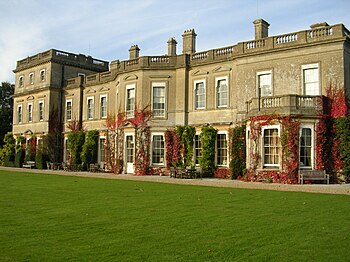With large numbers of indoor and outdoor staff, country houses were important as places of employment for many rural communities. In turn, until the agricultural depressions of 1870s, the estates, of which country houses were the hub, provided their owners with incomes. However, the late 19th and early 20th centuries were the swan song of the traditional English country house lifestyle. Increased taxation and the results of World War I led to the demolition of hundreds of houses; those that remained had to adapt to survive.
While a château or a schloss can be a fortified or unfortified building, a country house is usually unfortified. If fortified, it is called a castle.

No comments:
Post a Comment